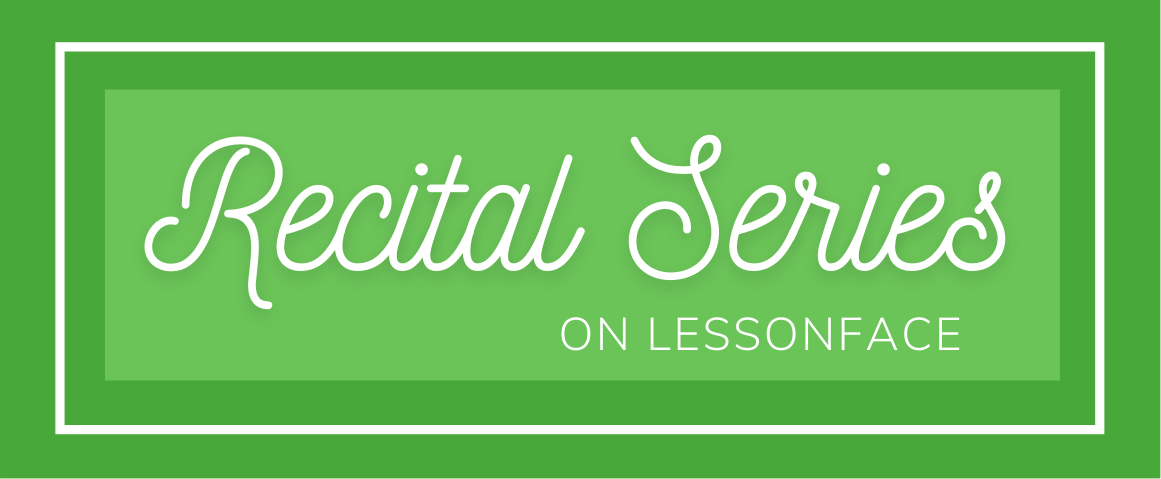Hi Everyone,
I teach voice to many students and generally I am able to get by with my computer's sound system or my cellphone's microphones, but with more advanced students these simply don't suffice. Has anyone else had this problem?
I am looking into buying a high quality microphone that I can use with my computer (in other words has USB capabilities) when teaching online lessons. What I am especially interested in is a micrphone that can handle singing in higher registers without distorting the sound. I have heard people recommend the Blue Yeti microphones. Does anyone have suggestions for me please?
Any input would be greatly appreciated!
All the best,
Sonnie





Hi Sonnie,
Just saw your message.
I think you should look at getting something a little more versatile than the blue yeti.
I recommend people invest in a small mixer, that has reverb and allows for usb connection (mackie has some...etc.) and. an SM58 or any from the beta line. That way it gives you a good live microphone as well as some equipment you can use live with in ear monitors and or to track at home.
Check out the Mackie Profx6 https://www.youtube.com/watch?v=EaQgMxpAUYQ
Sonnie,
As an opera singer, I'm not crazy about the blue yeti, but that is a personal choice.
For voice, I much prefer using the Røde Nt 2A (you'll need to buy xlr cables to plug the mic into the interface) with the Focusrite Scarlet 2i2 interface (it takes the power from the computer via USB). This way you can also plug both the mic AND an electric piano in and the students will get direct audio when you're on Zoom or Google meet (NB this does NOT work with skype or facetime which only uses one mono audio input (but there is a workaround, https://youtu.be/jvLuO5UQLpc)).
This is not an all in one set up and takes a little time to learn the dos and don'ts (eg do not plug in the mic when you've got the 48v going through the 2i2). But the sound quality is much better.
In my experience, while the Yeti is mostly a good plug and play option, it struggles with high frequencies which is why I recommend the Røde/Scarlet setup.
But, as always, you need to decide what is most important for you.
Hi there,
Pierre, thanks so much for the Mackie recommendation and video! It was really helpful!
Peter, after doing some research I completely agree. I have decided to go with the Rode NT2a. The Blue Yeti is great for speaking, but you're right. It does not suffice for transmitting the frequencies of singing accurately.
Thank you again to both of you for your recommendations!!
All the best!
Sonnie
Hi! I think Røde has served me well over the past couple years. That being said, I actually did have a Focusrite for a while, but due to being on the go for a couple years, I use a USB version (NT-USB) and it's certainly worked well enough for the price! As an opera singer as well, it's a challenge to find tools that can handle some of the sounds we make ?
Professional audio equipment should have no trouble handling the sounds of operatic singing. If you're not in a studio (sound-dampened) environment, I would recommend a high-quality dynamic microphone (Beyerdynamic M201 is an excellent option, with a notably flat frequency response and good SPL handling) run through an audio interface. Generally speaking, a condenser mic like your Rode is going to pick up too much noise and not enough signal. Good dynamic mics like the M201 will reproduce the necessary frequencies accurately, you just need to gain-stage them appropriately.
Set the microphone on a floor stand, about a foot away from your face, and pointed from off-center at your mouth. Set the input gain on your audio interface to a level where your loudest possible singing reaches roughly -6 dB in your DAW or in OBS, and your average singing level sits around -18 to -12 dB. If you need additional volume from there, you'll have a bit of headroom to make it louder on your end, but make sure that your student has their voume turned up sufficiently high.
If you have a studio environment to work from, then the ideal scenario changes to a condenser mic at lower levels.
Old thread I know, but just weighing in with my 2 cents:
I've been doing a lot of research on that lately, and have heard (and decided) that unless you're in a mobile studio situation, you're probably better off with buying a good audio interface (with USB outs to your computer) and leaving your options open for whatever mics you'd want to swap out or upgrade to in the future. Buying a good interface will basically future-proof your setup for other choices and even mics that haven't come out yet, whereas a USB only mic will lock you into using that mic for good until you have to buy another.
I also read that the more features they have to pack into a USB mic to do all the analog to digital conversion and signal boosting (the dedicated job of an audio interface), the less budget they have left over to actually put toward making the mic sound its best...
Tyson Farmer
www.lessonface.com/TysonFarmer